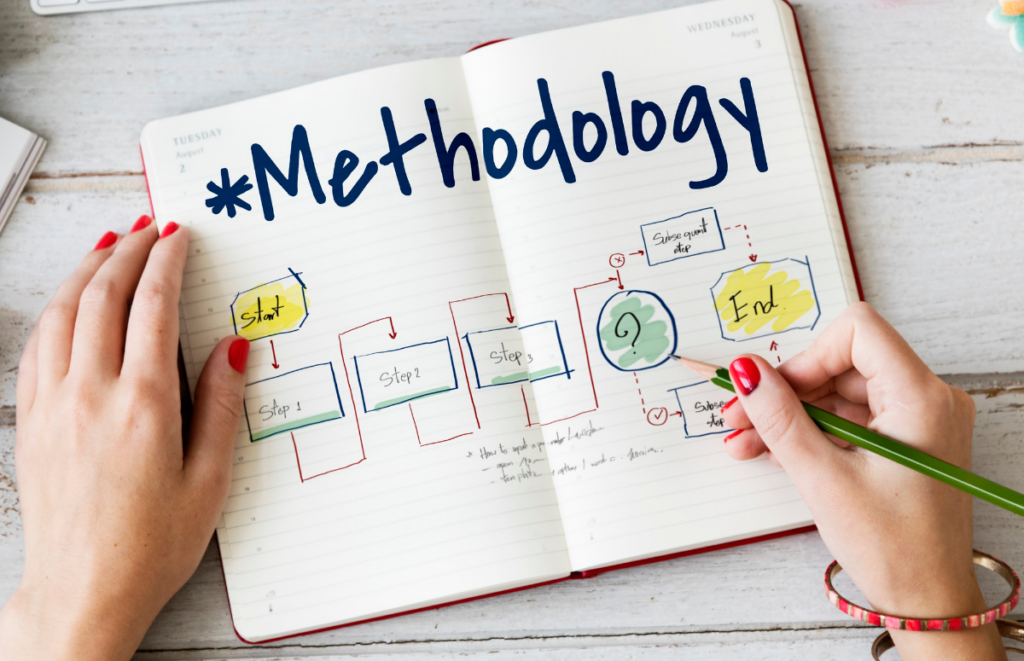Table of Contents
ToggleThere are two well-known approaches to project management: Agile and Waterfall Methodology. While both are well-liked in the software development industry, each has distinct applications. The main difference is that Agile encourages the team to work on multiple phases of the project simultaneously, whereas Waterfall is a linear approach that requires the team to finish each phase before proceeding to the next one.
Even though both approaches to software development are dependable and serve the same purpose of determining the most efficient method for completing a project in the shortest amount of time, they carry out their respective responsibilities in entirely different ways.
We will discuss Agile and Waterfall as two SDLC models in this article. In this section, we will separately discuss the two models and then examine their differences. I hope this article will be of use to you in learning more about the agile model, the waterfall model, and the differences between the two. So, let’s get started on the subject right away.
What is an Agile Model?
An Agile model is a form of software development life cycle model that allows for continuous interaction between development and testing during the software development process. The Agile model entails concurrent development and testing activities. It enables extensive contact between clients, developers, testers, and project managers.
The Agile technique divides the entire project into short incremental sprints. All of these sprints are finished in one to three weeks. The primary goal of the Agile methodology is to handle complex projects. The Agile model prioritizes client feedback, cooperation, and rapid release. However, the Agile paradigm is not appropriate for small projects. This is because, in the case of the Agile model, the costs of developing small projects are extremely high.
What is a Waterfall Model?
A waterfall model divides the software development process into separate stages such as requirements, design, development, testing, deployment, and maintenance. The waterfall model’s key advantage is that it is appropriate for small projects with simple needs. In the case of the waterfall model, the requirements should be explicit from the start.
The testing operations in the waterfall model begin after the development activities are completed. As a result, there are several opportunities to be discovered later in the project’s growth. The waterfall model is one of the easiest to utilize because each phase has specific deliverables and evaluation procedures based on its nature.
Agile vs Waterfall Methodology for Managing Projects
Agile and Waterfall are two distinct methodologies for managing projects, each with its approach, principles, and characteristics. Here are the key differences between Agile and Waterfall project management methodologies:
Agile Model
- Its main objective is to bifurcate the project development procedure into sprints.
- Changes to requirements are expected and implemented at any time.
- The agile technique includes frequent customer interaction and feedback.
- The process is constantly tested during every iteration.
- The iterative technique makes scaling up products simple.
Waterfall Model
- Waterfall necessitates formal documentation.
- After the software is built, it is tested.
- Scaling up projects based on the waterfall technique is difficult
- At the start of SDLC, requirements must be frozen
- The functioning model of software is delivered at the end of the SDLC process
Differences Between Agile and Waterfall Methodology
- A waterfall is a sequential approach to software development, whereas Agile is an incremental approach.
- Requirements must be frozen before development, although requirements are expected to evolve throughout development.
- Waterfall testing occurs after the development phase, but Agile testing can occur concurrently.
- In the Waterfall model, the project is divided into phases, but in the Agile model, the project is divided into sprints.
- The Waterfall approach fosters a project mindset aiming for successful project delivery, whereas Agile fosters a product mindset focusing on product and customer satisfaction.
Conclusion
Here we have discussed Agile and waterfall models. Both have pros and cons. Suppose you want to learn more about Agile or Waterfall models and their implementation in your projects. In that case, you can take our Project Management Training Courses and Agile and Scrum Certifications which will give you a comprehensive knowledge of both practices and keep you more aware of the advantages and disadvantages of both methodologies.
